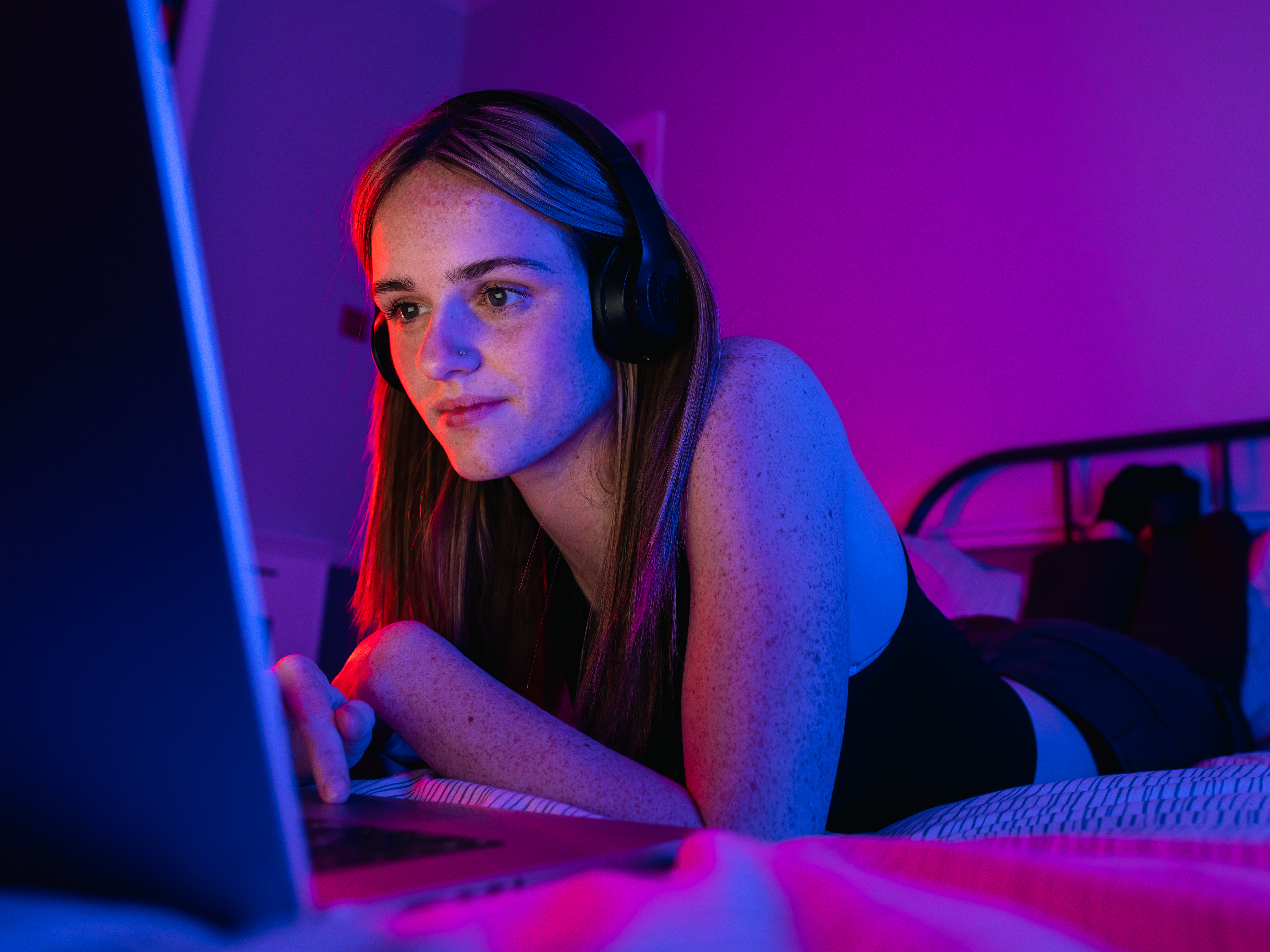
“For our online events we posted out a specially designed goody box to land on peoples doorsteps two days before the event. It’s a good way to get them excited about it and it’s the sort of thing that the parents will notice too.”
The open day. A chance for university marketers to show off their buzzing campus atmosphere to prospective students and give a potent taste of what university life could be like there.
It’s one of the most effective weapons of persuasion universities have, and the good news is students are keen too: a recent survey found that 61% of students are looking forward to visiting university open days in person, and 55% intend to use virtual open days as part of their decision-making research.
But despite this, when open day season starts, universities see numerous people dropping out or failing to turn up on the day. So, on such a crucial day in the recruitment cycle, how do you go about making sure prospective students actually turn up?
Remember to send reminders
Some reasons students don’t make it to an open day are beyond your control, according to Andrew Craske, head of marketing and communications at Leeds Arts University. “They might have got a Saturday job. Their parents might not want to drive them. They might have gone out the night before.”
But he says that other reasons, like students not checking their emails and missing your reminders, are things you can affect. “For our online events, we posted out a specially designed goody box to land on peoples doorsteps two days before the event. It’s a good way to get them excited about it and it’s the sort of thing that the parents will notice too.”
Paul Woods, marketing and student recruitment director at Middlesex University, agrees that direct mail can be a great way to do reminders, preferring small pieces with a clear purpose. For online events, he says text messages can also be effective. “A message moments before it starts can be effective because they can join the event from their phone, right there and then.”
Most university marketing teams will agree that their student ambassadors are a key part of their open day offering (one survey found 24% of prospective students found the students they met at an open day to be a “very important” factor in their final decision about where to go), but Woods thinks they can be an important part of your reminder marketing as well.
“It can be really impactful to get a call from a current student days before saying, I was in your situation, what would you like to get out of the day?” he says.
But he notes that reminders aren’t enough in themselves. “You have to enthuse the students. Think about how you drip feed information that says, in an hour, a day or a week you’ll be here, and this is what you’ll be experiencing.”
Make travel easy
Turning up in a new city or town can be daunting, and the prospect of a long and difficult journey could be the thing that makes a student decide to stay home.
“For an in-person event we can send out details on how to get to the university, where to park, and to remind people to check traffic,” says Julia Weston, head of marketing and communications, life sciences at UCL. If you have an app with details and a map, that is useful too.”
Car parks, in particular, require special attention, according to Emma Bridge, associate director of communications at the University of Leicester. While a bad parking experience is unlikely to see them turning the car around and heading home, a student or parents’ opinion of a university can be formed from the moment their feet hit the tarmac. “By the time they’ve got to a welcome desk, they’ve already spent 15 minutes on your campus,” she says. “An open day doesn’t start at the welcome desk, it starts with someone welcoming them as they get out of the car.”
And for the non-drivers, she notes that some universities send student ambassadors out to bus and train stations to help prospective students find their way to campus. Advertising this in advance can help calm nerves.
Get buy-in from the parents
An increasing number of parents are visiting open days with their students, so it’s important they feel it will be worthwhile, too. After all, they are often the ones doing the driving, and figures show their presence increases the chances of a student deciding to attend the university when they make their final choice.
“While students are more interested in the detail of the course, parents can be more concerned at the early stage about support services, accommodation and a quality degree and outcome,” says Woods.
Most universities have well-tested methods for getting parents the information they are interested in at on-campus events, but it’s less clear how to do this with digital events. “Online you don’t see parents, it’s the student who signs up and logs on,” says Weston. “You have to think about how to provide that content online for parents to access, whether through video content or an FAQ, for example”.
Calculate conversion
Weston says that while online conversion rates are often lower than physical events, it simply isn’t as important: “On campus you have to limit the numbers, so there is more risk that people sign up for things and don’t attend. While you learn what to expect over a period of time and can build that into the equation, the great thing about being online is you can get a lot more people in the room.”
Craske agrees that students dropping out of online open days isn’t a great concern, but has found it can be difficult to stop them drifting off early. “If you’re sitting in a talk with your parents and a course leader, you’re not going to get up and walk out,” he says. “But online you can turn off anytime. We’ve seen people staying for maybe 50% of a full talk on average. Attention spans online are shorter, so once you’re getting past half an hour people drift off a bit.”
According to Weston, who has also observed difficulties in retaining online engagement, one answer might be to lean on current students more during the talks. “All our feedback from our online events was about how prospective students enjoyed speaking to current students,” she says. “That’s always the way it worked at in-person open days, but because it was taking place online we could listen in and see how effective it was. When we get very specific questions about course content and they are able to answer them really well.”
Craske adds that it’s important to make the content available on-demand, both for attendees and those that didn’t make it to the live event. “We sent around all our talks by email afterwards so students could go back and watch them later,” he says.
Ultimately though, no university marketing team can stop dropouts from happening completely, and there will also be some nerves about attendance in the runup to an open day. Though Leeds Arts University has seen their campus tour places fill up at record speed this year, Craske says that you can never say with certainty what will happen on the day.
“Will it work, and will it work relative to our competitors, because someone could be doing something better,” he says. “People can do things online now, so will they still come?”




